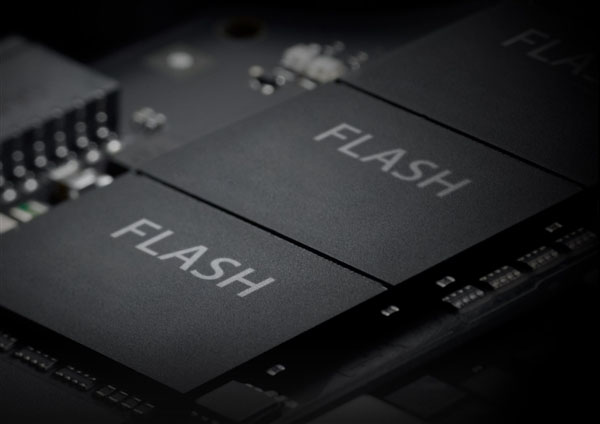The global semiconductor market has entered a bear market from a bull market, resulting in prices reduction in two memory chips, namely DRAM flash and NAND flash. DRAMeXchange, a division of TrendForce, reported that the global NAND flash market has stayed in oversupply since the traditional slow season in the first quarter of 2018, resulting in an average drop of 15~20% in NAND Flash contract prices in the second quarter of 2018. On the other hand, NAND Flash bit shipments bounced back in the second quarter of 2018 as Chinese smartphone brands stocked up on high-density products.
Looking ahead to the third quarter of 2018, there were noticeable signs that the demand growth was limited despite the contributions from the traditional busy season. Shipments of mainstream consumer electronics products such as smartphones and notebooks during the third quarter of 2018 were not expected to increase significantly. Also, memory module makers would be carrying high levels of inventory. Therefore, DRAMeXchange noted that the average selling prices of NAND Flash products were expected to drop further by nearly 10%.
NAND flash prices have fallen for six consecutive quarters, which caused heavy losses to upstream NAND manufacturers such as Samsung, Toshiba and Micron. On the contrary, the giant manufacturers gradually reduced NAND production capacity. It’s estimated that the trend of prices reduction would continue. At the Computex Taipei 2019, Pan Jiancheng, chairman of Phison, also predicted that the price of NAND flash had fallen below its cost, and that when the decline becomes smaller in the future, demand would rise.

DRAMeXchange recently released Q1 quarterly NAND flash market report, claiming that not only a traditional off-season in the first quarter but also high inventory reconciliations of smartphone and server manufacturer in the fourth quarter of 2018 led to NAND flash shipments declining, making manufacturers’ revenue a decrease of 23.8 percent compared to that for the first quarter of 2018. What’s more, 2018 was the year with the highest number of price reduction.
According to TrendForce, contract prices among eMMC/UFS, Client SSD and Enterprise SSD decreased by 15% to 20%, 17% to 31% and 26% to 32% respectively in the first quarter of this year.
Looking ahead to the second quarter, although major demand in smartphones, notebooks and servers will rebound, it will not be enough to eliminate inventory pressure. Suppliers will not be able to curb the decline in contract prices until the inventory pressure has been relieved.
Similarly, TLC Wafer contract prices also declined by 19% to 28%. The average contract price of SATA SSD, as well as PCle SSD, in the second quarter of 2019 was lower than that in the first quarter. For consumers, the average contract price of 512GB and 1TB SSD would fall below $0.1 per GB by the end of this year, accelerating the process of replacing 500GB and 1TB HDD. However, DRAMeXchange analyst Ben Yeh noted that the ASP drops were not totally negative news for the industry. While the persistent oversupply during the second quarter of 2018 inevitably led to a further decline in prices, mobile device manufacturers took the opportunity to raise the storage specifications of their devices. As the result, products of higher capacity have reached a penetration rate of over 10%. In the SSD market, the price reduction of NAND flash would improve the shipments of high-capacity applications for servers. The notebook market would see great adoption of SSDs in computer systems.